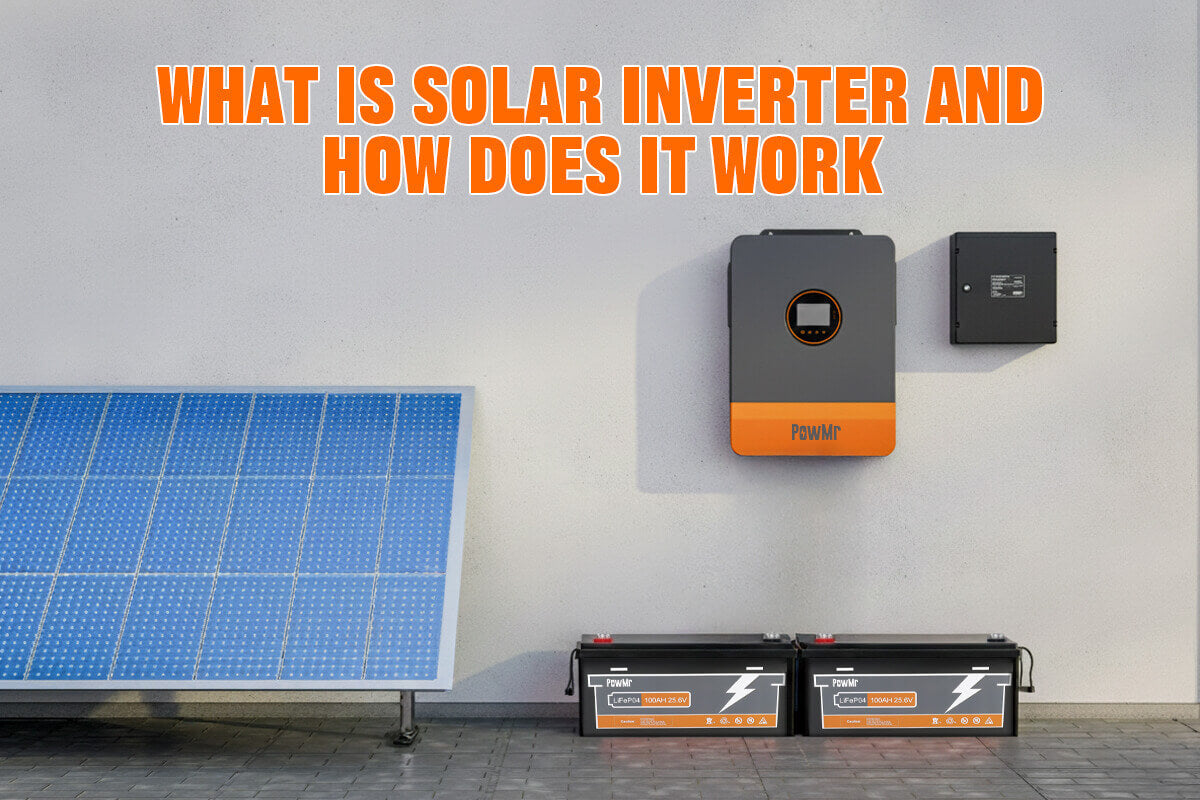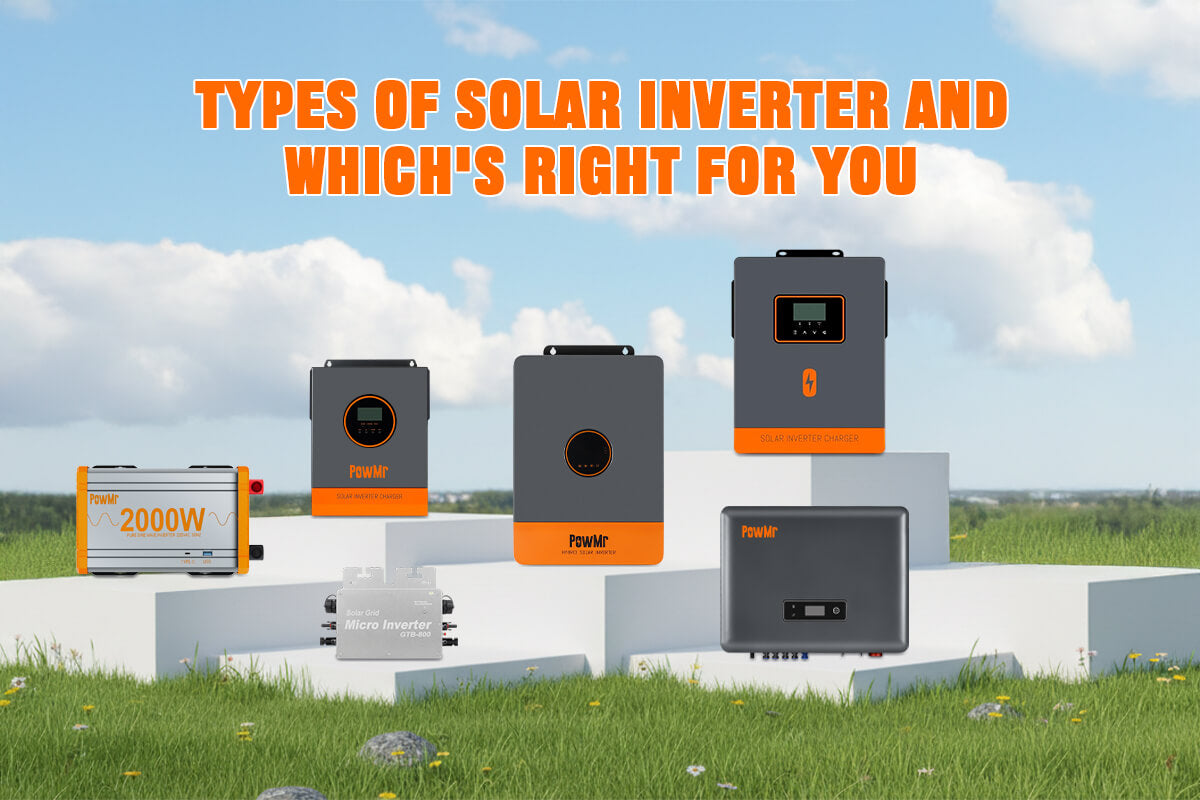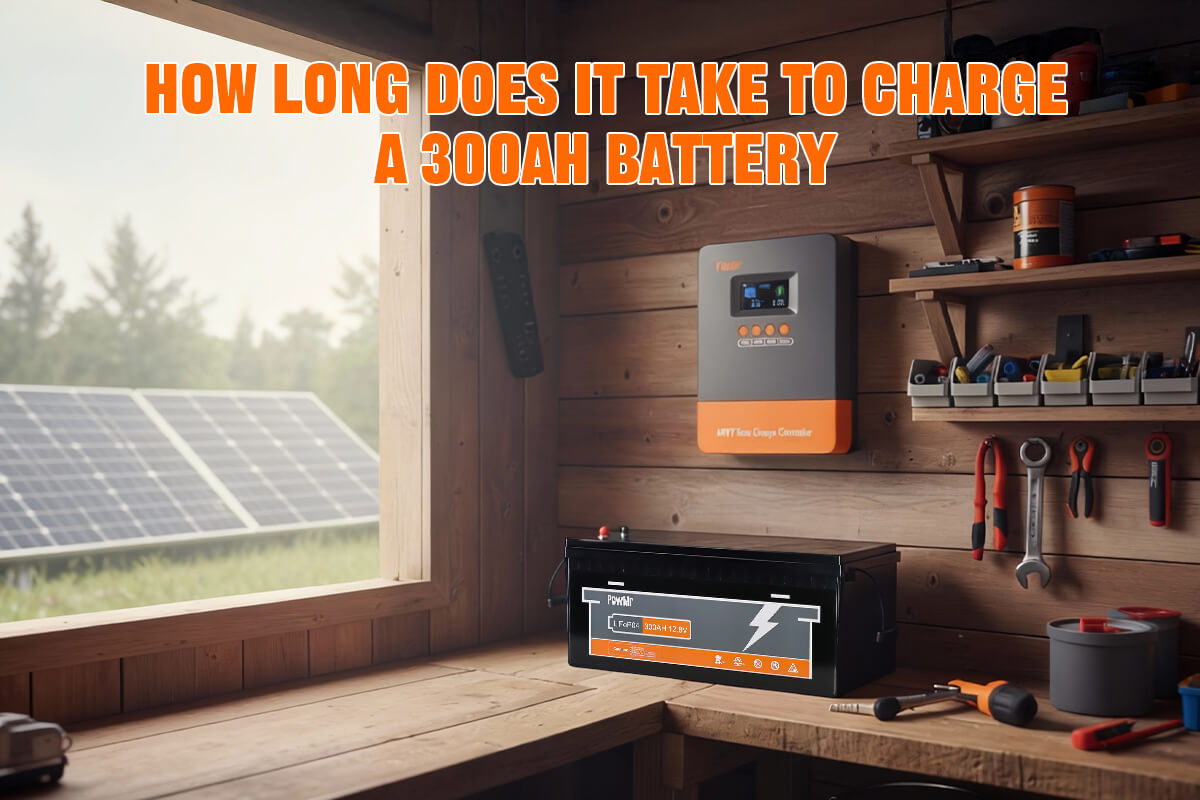If you're considering going solar, you've likely heard a lot about the panels themselves. In fact, solar energy systems rely on several key components to turn sunlight into usable electricity. Among these, the solar inverter plays a crucial role.
This guide will walk you through everything you need to know about inverter, from the basic conversion process to the advanced functions that make modern solar energy possible.
What is an inverter and why do you need it for solar panels
An inverter is essentially an electronic device that converts direct current (DC) into alternating current (AC). Its core function lies in transforming the continuous voltage from a DC system (photovoltaic generator, energy storage system, or battery) into an AC signal usable by appliances designed to consume such energy.
Since most everyday appliances require AC power to operate, an inverter serves as the essential converter, bridging the gap between solar panels and household appliances. When sunlight hits the panels, it captures the raw DC electricity and transforms it into the AC power needed for your home.
Modern solar inverters are almost exclusively Voltage Source Inverters (VSI) that stabilizes DC voltage from a solar panel or battery at its input using a DC capacitor and converts it into a controlled AC voltage at the output by rapidly switching semiconductor devices in a specific sequence to produce an alternative waveform.
What does an inverter do in a solar system
While its primary role is power conversion, a modern solar inverter also performs 5 essential functions that keep your system safe, stable, and efficient:
1. DC power conditioning
Solar panels generate DC electricity, but their voltage and current fluctuate with sunlight intensity. The inverter first uses a Maximum Power Point Tracking (MPPT) module to adjust the operating point of the panels, ensuring they always operate at their maximum power output.
The DC power then passes through a DC-link capacitor, which smooths voltage ripple and stabilizes the DC bus to create a steady voltage for the subsequent AC conversion stage.
2. DC to AC conversion
The stabilized DC voltage from the DC-link capacitor is fed into the inverter's switching stage, typically implemented as an H-bridge circuit. An H-bridge consists of four switches (IGBTs or MOSFETs) arranged in an "H" shape, allowing the DC voltage to be alternately reversed across the output, generating a pulsating AC waveform.
- Single-phase inverter: One H-bridge with four switches produces a single AC output.
- Split-phase inverter: Two H-bridges generate two AC outputs with a 180° phase difference, commonly used in 120/240V systems in North America.
- Three-phase inverter: Each phase has its own H-bridge, with two switches per phase, producing three AC outputs (220V~415V or 208V) separated by 120° phase.
3. Waveform filtering and control
The AC waveform produced by high-frequency switching initially resembles a square wave, which is rough and unsuitable for most appliances. Some low-cost inverters output a modified sine wave, a stepped version that is smoother but still not ideal for sensitive electronics.
Therefore, inverter uses modulation control and an LC filter, which is a combination of an inductor and a capacitor. The inductor blocks high-frequency ripple, while the capacitor absorbs voltage fluctuations in the AC waveform. Together, they smooth the rough output into a clean pure sine wave suitable for household appliances or grid connection.
Related Article:
4. Voltage, frequency, and phase regulation
After the AC waveform has been smoothed by the LC filter, the inverter continuously monitors the output to ensure stable voltage, correct frequency, and proper phase for each phase line.
The inverter measures the instantaneous voltage and waveform of each phase and compares it with a reference signal. It then adjusts the switching timing of the IGBTs or MOSFETs using PWM to correct any phase deviation, maintain the desired frequency, and ensure voltage stability based on users' load requirements.
5. Grid Interaction (Depends on Model)
The inverter uses a Phase-Locked Loop (PLL) circuit to continuously monitor the grid's voltage, frequency, and phase. The PLL forces the inverter's output sine wave to lock onto and perfectly match the grid's waveform in real-time.
To export power, the inverter's control loop then generates a voltage that is fractions of a volt higher than the grid, causing current to flow outward.
For anti-islanding, it constantly checks for a stable grid reference. If the grid fails, this reference disappears, causing a rapid voltage or frequency deviation that the inverter's controller detects, triggering a shutdown in milliseconds.
Other functions of solar inverter depending on types
In addition to the core functions described above, various types of solar inverters provide enhanced capabilities that stem from their physical design or system architecture.
String Inverters
String inverters are the traditional choice, managing several panels connected in series. They effectively execute the five core functions described above with centralized control features. All power conversion and grid interfacing occur in one location, simplifying maintenance and system diagnostics.
Microinverters
This architecture places a small, complete inverter on every single panel. This "distributed intelligence" allows granular and per-panel monitoring:
Since each microinverter has its own MPPT module, it can optimize the power output of each individual panel and provide the unique function of being able to monitor the real-time and historical performance of every single solar panel. This makes it easy to identify and diagnose underperforming panels remotely.
Hybrid Inverters
A hybrid inverter is an advanced central inverter built with extra components and software for one primary purpose: managing a battery.
- Bi-directional Energy Management: A hybrid inverter can not only convert DC from solar/battery to AC for the home, but it can also convert AC from the grid back to DC to charge the battery.
- Backup Power Mode: Its most sought-after function is its ability to create a self-sufficient power bubble during a grid outage. When it detects a blackout, it disconnects from the grid and forms a stable, independent "island" of power for your home, drawing from the solar panels and battery.
- Programmable Modes of Operation: Hybrid inverters offer software-based functions that allow the homeowner to control how and when energy is used, such as self-consumption mode and Time-of-Use (TOU) Arbitrage.
Related Article:
FAQs on solar inverter
What is the difference between an inverter and a converter?
An inverter converts direct current (DC) into alternating current (AC), on the other hand, the output of converter is DC current. The previous powering household appliances and grid connection, the later changes the voltage level of DC power or convert dc to ac. While both devices manage electrical transformation, their roles in a solar energy system are distinct.
Do solar panels work during a power outage?
Generally, no. Inverter safety protocols include anti-islanding, which shuts down the inverter during a grid outage unless a battery and a hybrid inverter are used for backup.
What causes "inverter clipping"?
Inverter clipping occurs when the panels produce more power than the inverter's maximum AC output. This deliberate design ensures protection and optimal performance.



